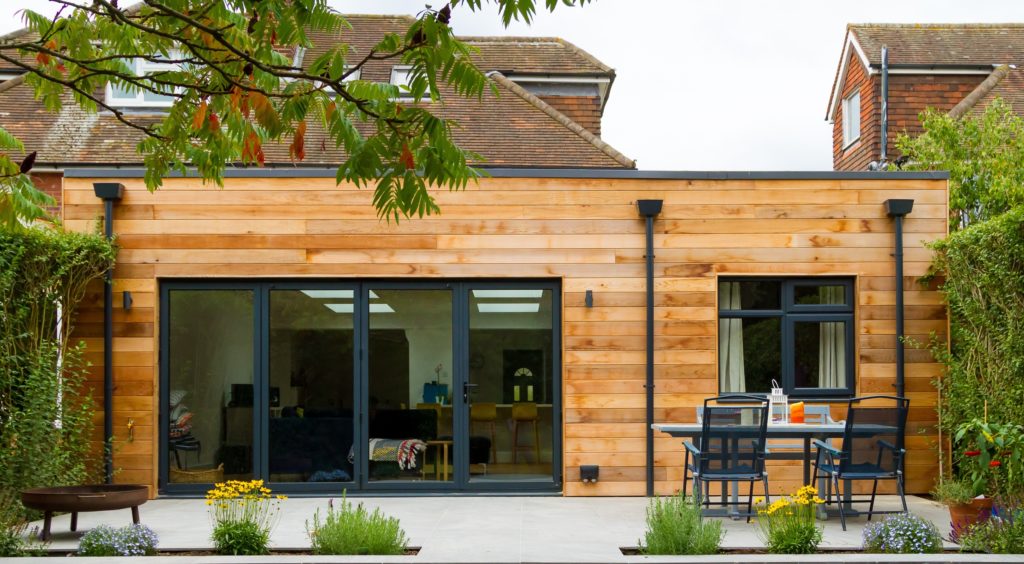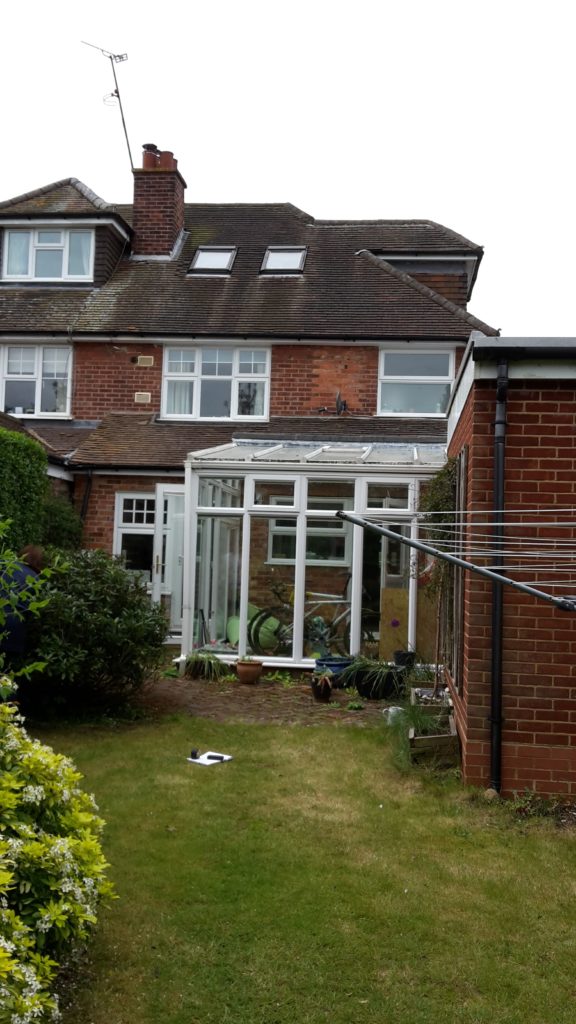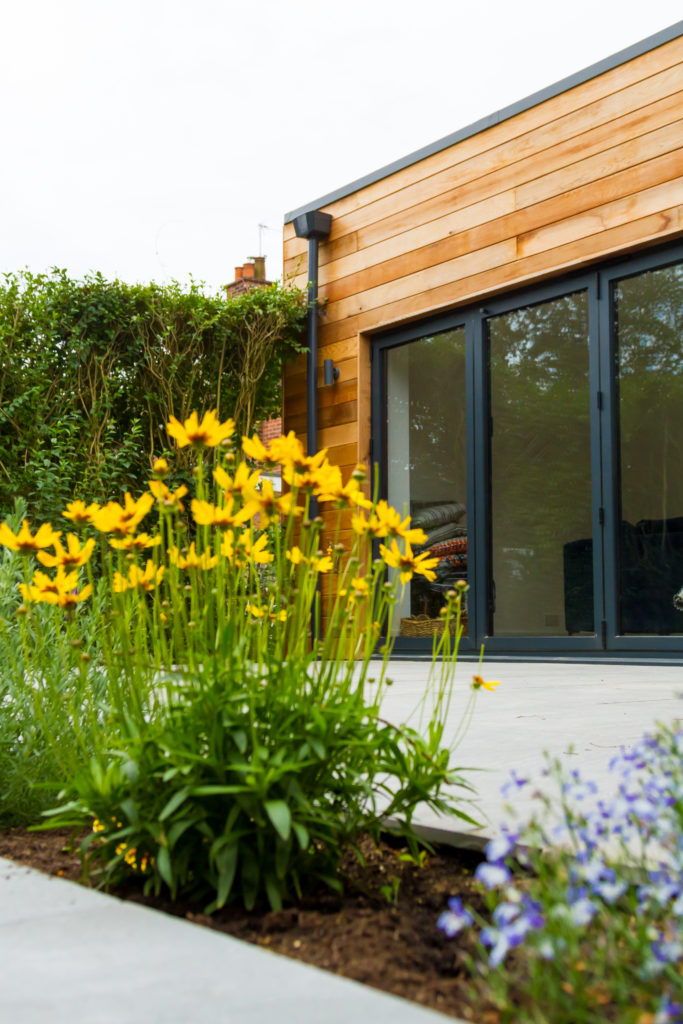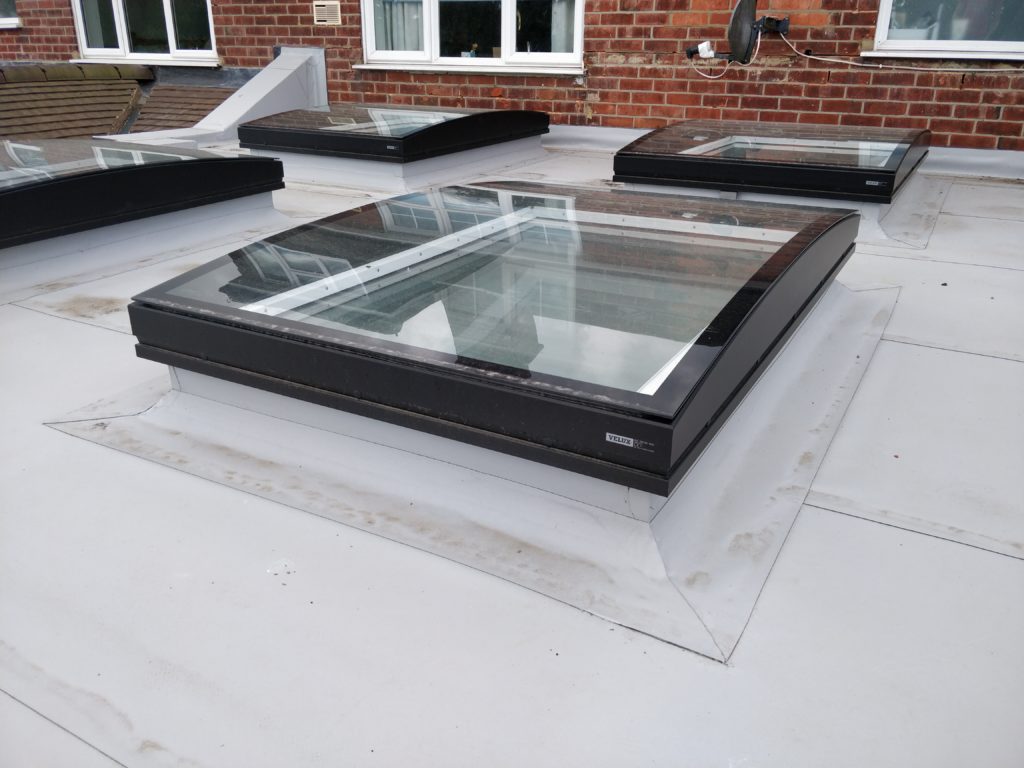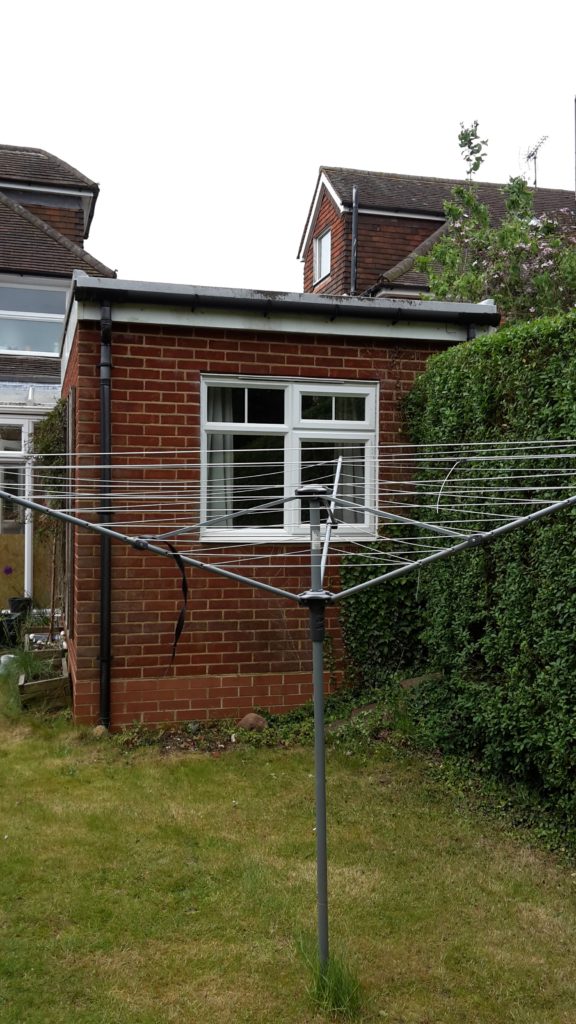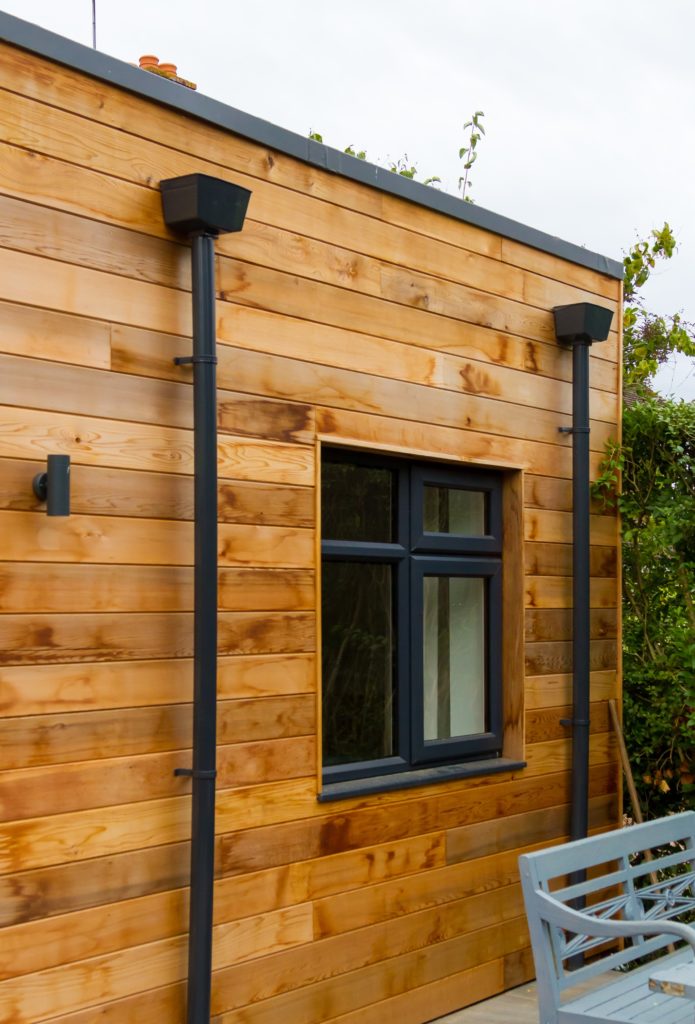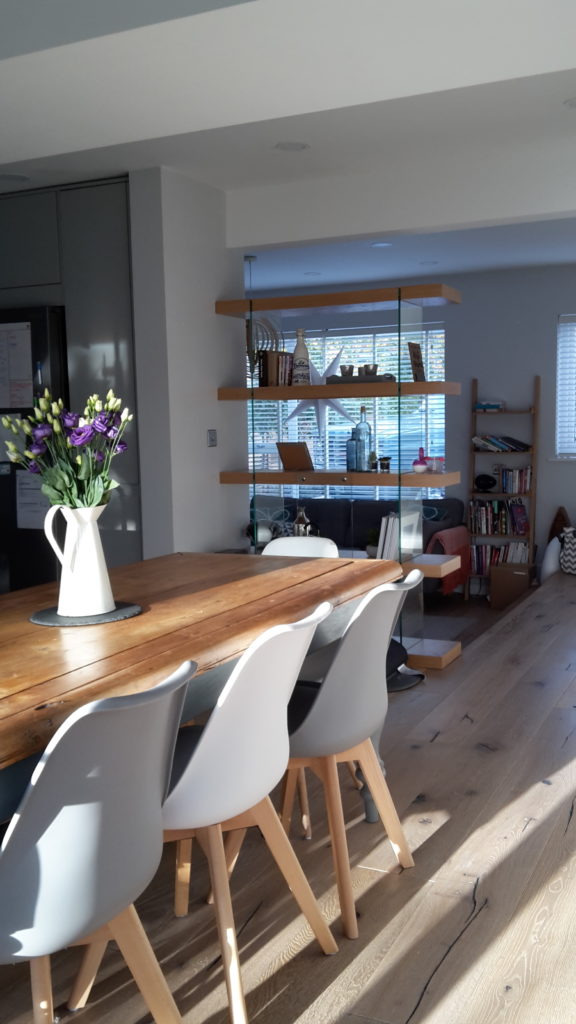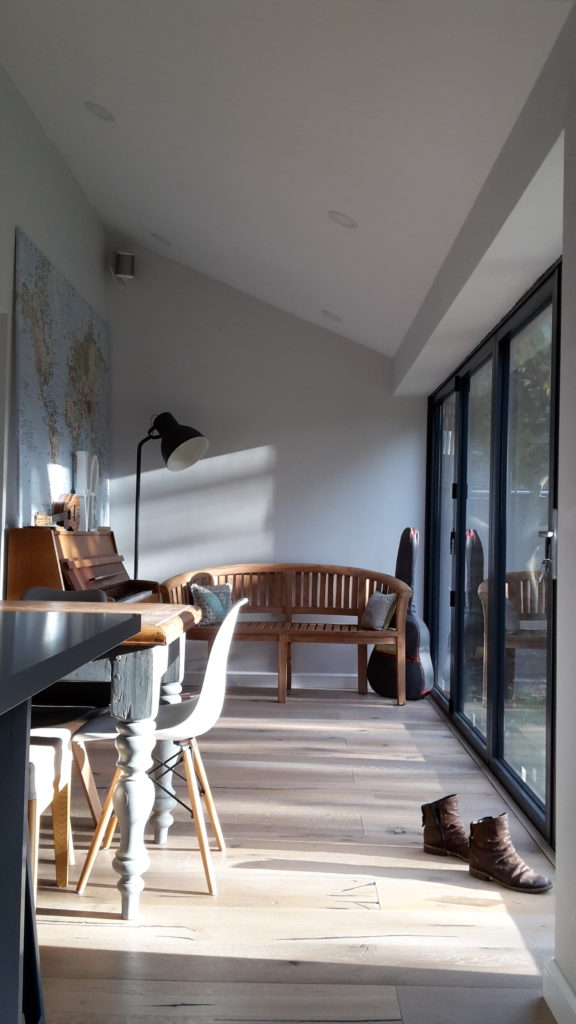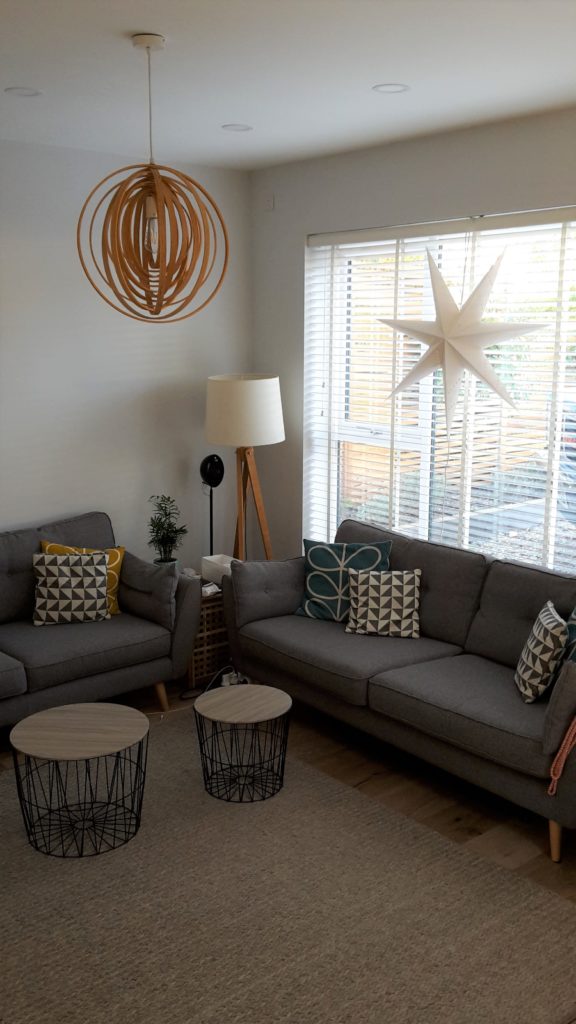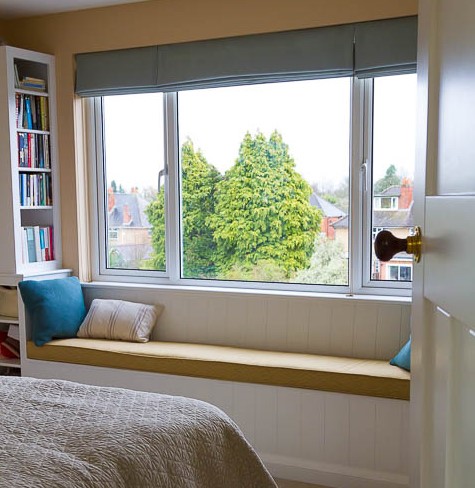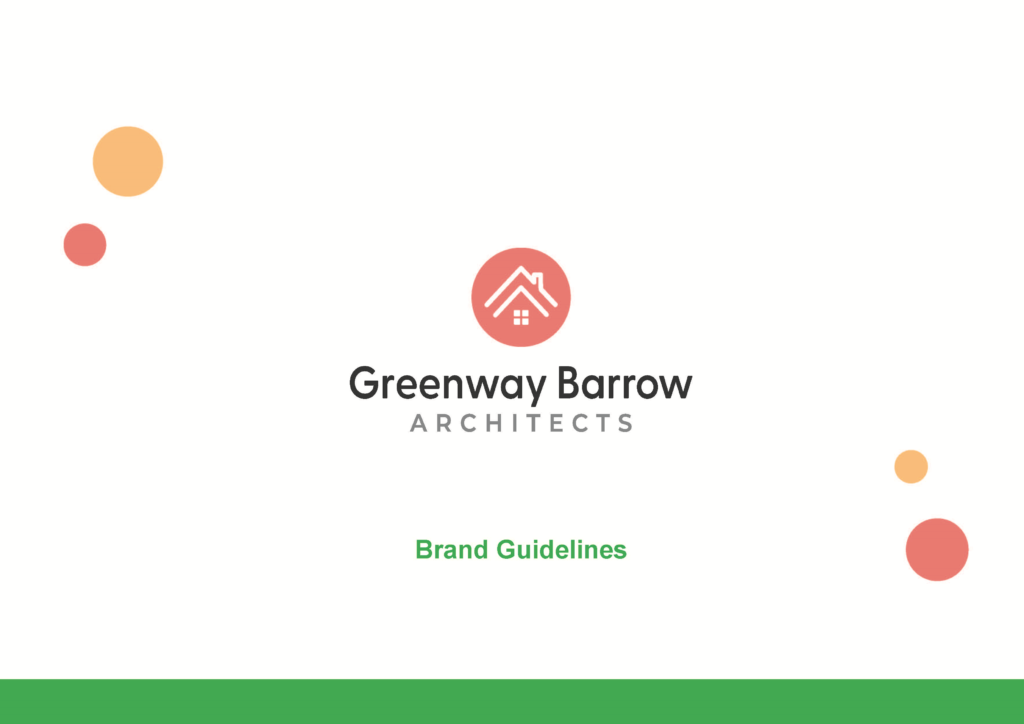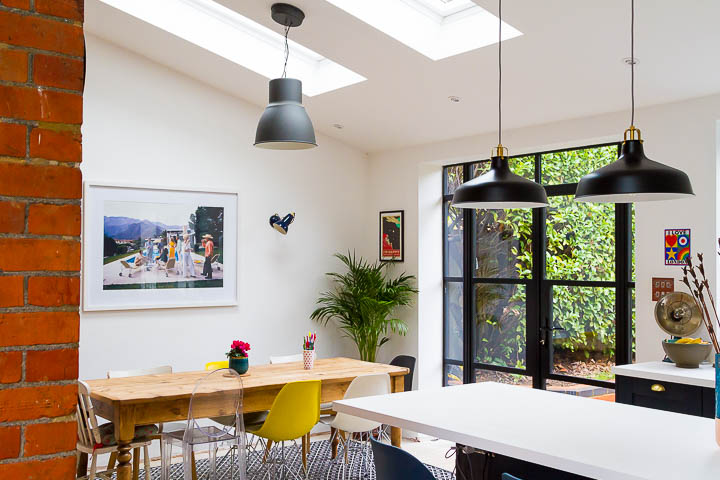As I started to write this I thought I’d struggle to come up with ten, but it was frighteningly easy to identify where things can go wrong if you let them…
1. Considering an extension in isolation
I’m a firm believer in the importance of your whole home working together, that the layout and flow through the spaces allows for your family to live without inconvenience. As someone who lives with their fridge in the garage (what were the previous owners thinking!) I can tell you that designing to overcome the functionality issues is always a priority over fancy finishes. Fear not – relocating the fridge is high on my agenda for my own renovation!
2. Stretching your budget too thin
Don’t be over ambitious, if you want to get to the end and still be able to furnish your home then set a budget and work within it. Remember you will have other costs on top of the build – professional fees, applications etc so budget some of your cash for that too.
3. Rushing the design process
It’s really important that you invest the time in getting your brief and proposals right. Communication is important, if you don’t understand something mention it early on. Can’t visualise it? Ask for a 3d sketch. It’s easy for architects to forget that house plans can seem like a foreign language to the lay person. Imagine trying to read a set of instructions in Greek, you’d likely need a translator, and if the translation didn’t make any sense you’d ask for it to be rephrased. Don’t hurry on confused, seek clarity.
4. Trying to outwit the tenders to save money
If you get 3 or 4 quotes that are all within a few thousand quid, then whether you like it or not – that is likely the cost of doing the work. Proceeding with an anomalously low tender in order to make savings is usually a misguided decision. You may well find the difference creeping back into the project via “extras”, especially if you don’t heed point 6.
5. Opting for a contractor who can start right now
With a few exceptions which we’ll come onto, any contractor worth his salt will be booked up. There’s a reason for this, they’re busy because they come recommended and they’re good at what they do. The exception? Perhaps they’ve had a job fall through, but still be wary and as always seek references. Aligning your ideal timescale with a contractor’s availability is not an easy feat but being realistic with your expectation of how soon you’re going to be able to get cracking will help.
6. Opting to manage your own build to save money on professional services
Now, it doesn’t always end in tears if you go it alone but keeping your architect involved throughout the build will undoubtedly save you a lot of time and hassle. Especially when it comes to figuring out monies due, whether adequate progress is being made, if it’s being built correctly, and it will protect your investment in design, see point 7. In my experience the outcomes are nearly always improved and relationships less strained.
7. Being persuaded to make design changes during the build
I cannot say this loud enough – don’t make changes on site without fully considering the implications – you’ve invested time and love in the design process, don’t spoil it now! I once had a builder tell a client that the property wasn’t deserving of the sleek product we had specified. It was something we had researched in detail along with the client to really bring a wow factor, not gold plated (that option was written off, rightly so!) but it was special and not beyond affordable. Subsequently they convinced the client to select something cheaper and no doubt easier to procure or install. Stick to your guns – don’t sit back at the end looking at your clunky version of what could have been.
8. Starting on site before you have all of your approvals in place
Not just your Planning Permission but your Building Regulations approval too. It’s far easier to change things on paper than in real life. Ensure that the details (especially any that relate to regulations) are figured out before you start, otherwise you’ll risk the time delays and cost uplift of rectifying it when it’s eventually picked up by the Building Control Inspector. You might also need a Party Wall Award or a Build Over Agreement, among other things. Starting your build without your paperwork in place is a sure fire way to elevate the heart rate once you realise that your work could be stopped whilst you sort things out.
9. Thinking your home insurance will cover it
It’s important to establish who is insuring what – be that your existing building, contents, the “works” etc. Depending on your chosen Building Contract (don’t proceed without one), you might even need a Joint Names insurance policy. Check, and double check, with your insurers that between you and your builders everything is covered. Insurance is a complex matter so be sure to seek specialist advice. You’d not be the first to think it’ll all be ok – only to find yourself rushing around in a mad panic after a fire/flood has destroyed your building work – to discover no one can make a claim. These things do happen, don’t take the risk.
10. Doing your own decorating
Ok, I was scraping the barrel for a point 10. but there is some truth in this one too. Whilst you don’t need to be Caravaggio to wield a roller, you do need some proficiency if you want it to look any good. I’ve seen many a pristine plastered wall marred by badly applied paint running into blobby drips. In the grand scheme of things decorating isn’t costly, so leave it to someone who is actually good at it!
If you’re just beginning to think about an extension project why not check out my handy resources to get off to the best start.

